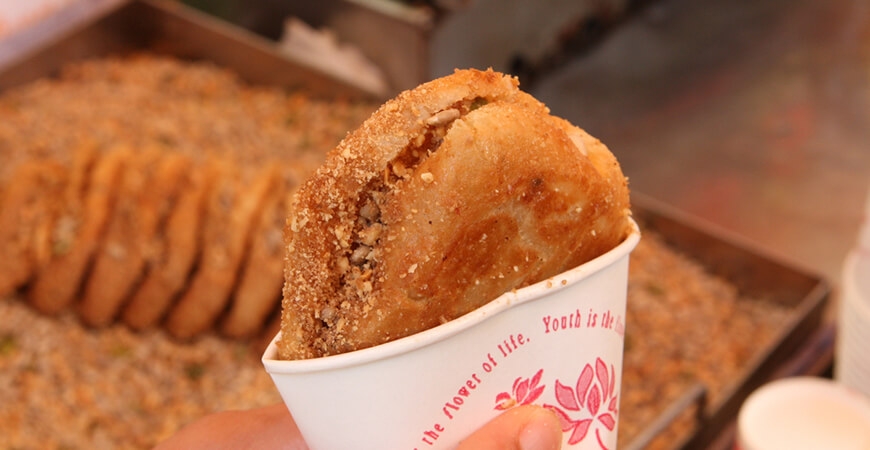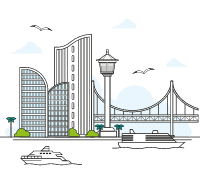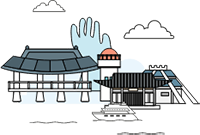
We introduce the food that you can enjoy only in Busan
-
 Raw Fish
Raw Fish
Raw fish is what you enjoy unheated fish or shellfish captured around Busan sea shores or international seas. Busan is known as the representative raw fish town for three reasons. First, the distance between captured site and restaurant is short, so chewy texture is kept alive. Two, the number of dying species is small, so the price is low. Three, with a scenery of restaurant overlooking the sea, the reputation of Busan raw fish is great.
Photo by (IR Studio)-KTO -
 Dwaeji-gukbap (Pork and Rice Soup)
Dwaeji-gukbap (Pork and Rice Soup)
Dwaeji-gukbap is a kind of rice soup with pork and rice in pig bone-based soup, which a Busan-native food. There are many stories of the origin of Dwaeji-gukbap. The most reliable story is where people as a refugee used easily accessible pig byproduct during the Korea war. Originally, Dwaeji-gukbap has developed its style in Milyang, Busan and Daegu and now three types were combined together.
Photo by (IR Studio)-KTO -
 Seed Hotteok
Seed Hotteok
Seed Hotteok is a kind of sweet rice and sugar-filled Korean pancake made in Busan. This Hotteok was made for the first time in Nampo-dong street and got famous. Since then, it spread to commercial districts like Seomyeon and Haeundae, serving as the signature Busan-native food.
Photo by (Kim Jiho)-KTO -
 Milmyeon (Wheat Noodles)
Milmyeon (Wheat Noodles)
With soup base made of boiled bones of cow, pig and chicken, you just need to put noodles in it. Actually, Milmyeon is a kind of cold noodle where people enjoy eating during summer. Milmyeon is a nostalgic food that comes up to people’s mind every summer. There are liquid type Milmyeon and spicy sauce milmyeon.
Photo by (Kim Jiho)-KTO -
 Bibim Dangmyeon (Glass Noodle)
Bibim Dangmyeon (Glass Noodle)
Bibim Dangmyeon is where you boil glass noodle on site, mix and eat in one spot. You can enjoy it in stall in the markets. During the Korea War, food was scare and people had to eat starch noodle made of potato or sweet potato, which was the origin of Bibim Dangmyeon. You must try it.
Photo by (Kim Jiho)-KTO -
 Busan Fishcake
Busan Fishcake
Busan Donggwang Food of 1946 sparked the beginning of Busan Fishcake. In 1950, Samjin Food was established at the entrance of Bongrae Market, Yongdo with adopting Japanese Fiskcake making technique. As the Korea war broke out, lots of refugees took shelter in Busan, bringing heyday of fishcake production. From 1950 to 1960, a host of fishcake manufacturing factories sprang up, making Busan the mecca of fishcake. The taste of Busan fishcake is well known.
Photo by (Kim Jiho)-KTO





